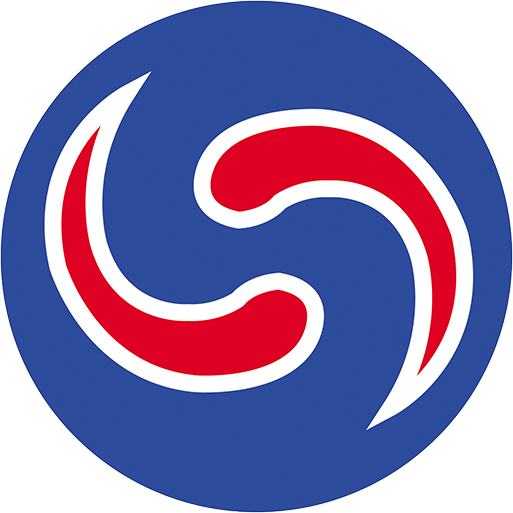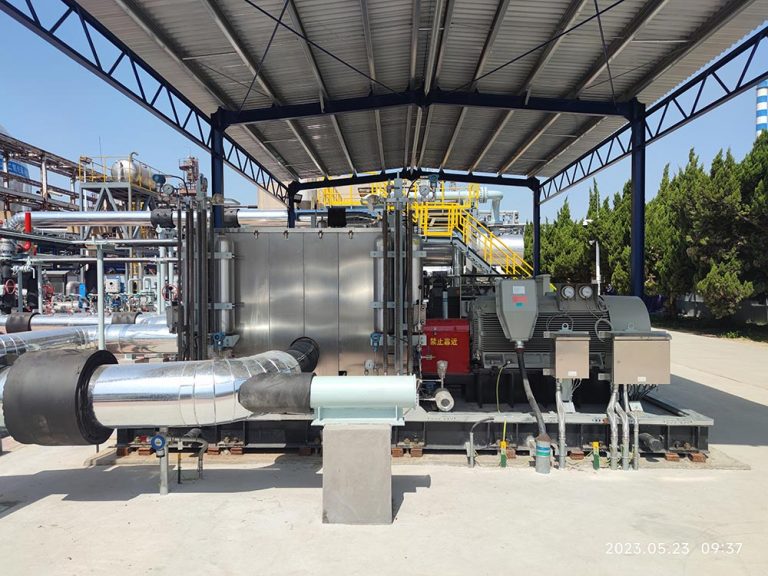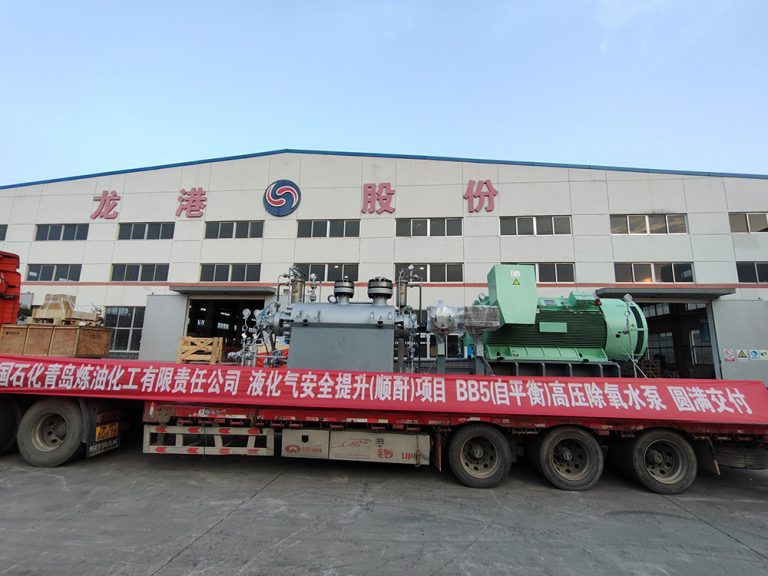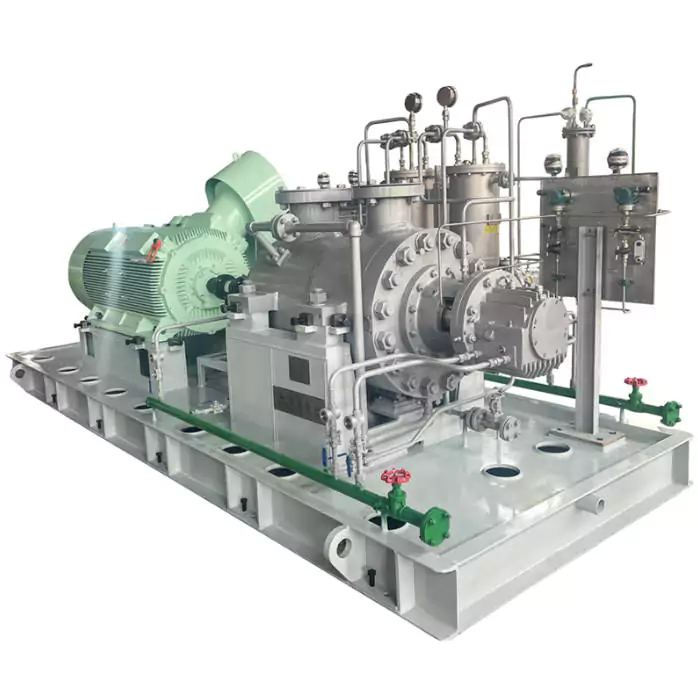Overview of Multistage Pumps
Definition and Functioning of Multistage Pumps
A multistage pump is a centrifugal pump that employs multiple impellers, also known as stages, to enhance pressure. Each impeller contributes additional pressure to the fluid, making these pumps ideal for scenarios that demand high pressure at relatively low flow rates. Multistage pumps play a crucial role in efficiently transferring fluids across different locations and are commonly utilized in various industrial sectors.
Importance of Regular Maintenance
Regular maintenance is critical for the optimal functioning and longevity of multistage pumps. Over time, components can wear out, seals may degrade, and blockages can occur. Scheduled maintenance checks help in identifying and rectifying issues before they lead to significant failures. This not only ensures the reliability of the pump but also extends its operational life significantly.
Common Applications of Multistage Pumps
Multistage pumps are widely used across various industries due to their efficiency and reliability. They are commonly found in water supply systems, boiler feed applications, and various industrial setups, including petrochemical, coal chemical, and environmental protection industries. Additionally, they play a crucial role in desalination plants, offering the needed pressure for effective filtration.
Routine Inspection Practices for Multistage Pumps
Visual Inspections
Visual inspections are one of the basic yet essential practices in the maintenance of a multistage pump.
Checking for Wear and Tear
Consistently examine for any noticeable indications of deterioration. Parts such as impellers, casings, and diffusers need to be checked for fractures, erosion, or any abnormalities. Detecting these issues early can avert additional damage and expensive repairs.
Inspecting Seals and Gaskets
Ensure seals and gaskets are intact and not showing signs of degradation. Leaks around these areas are an early indicator of possible future failures. Replace any worn-out seals and gaskets promptly to maintain pump efficiency.
Operating Parameter Checks
Maintaining optimal operating parameters is crucial for the efficient functioning of a multistage pump.
Monitoring Pressure Levels
Regularly monitor and record the pressure levels to ensure they are within the desired range. Abnormal pressure readings can indicate blockages, leaks, or inefficiencies in the system that need to be addressed.
Evaluating Flow Rates
Regular evaluations of flow rates are essential. A decrease in flow rate may signal problems like impeller wear or blockages. Detecting and addressing these problems is crucial for sustaining performance and extending the pump’s lifespan.

Key Maintenance Steps for Ensuring Reliability
Cleaning and Lubrication
Cleaning and lubrication are vital for the smooth operation of a multistage pump.
Types of Lubricants Used
Choosing the right lubricant is crucial for ensuring the smooth operation of the pump. Lubricants should be compatible with the specific requirements of the pump components and the operational conditions.
Cleaning Procedures
Regular cleaning of the pump components, including the impellers and diffusers, helps in removing debris and prevents blockages that can impede performance. This routine can significantly enhance the efficiency and reliability of the pump.
Component Replacement Intervals
To ensure the efficiency and reliability of a multistage pump, it is crucial to periodically replace specific components.
Impeller Inspection and Replacement
Impellers are critical to the performance of a multistage pump. Regular inspections for signs of wear or damage can prevent unexpected failures. Replace impellers that show signs of wear to maintain optimal efficiency.
Bearing Assessment and Replacement
Bearings play a vital role in the smooth operation of the pump. Regular assessments for signs of wear, noise, or vibration are essential. Replace bearings at specified intervals or when signs of wear are noticed to prevent operational interruptions.
Troubleshooting Common Issues in Multistage Pumps
Identifying Leaks
Identifying leaks is crucial for maintaining the efficiency of a multistage pump.
Causes of Leakage
Leaks can occur for multiple reasons, such as deteriorated seals, broken gaskets, or fractures in the pump casing. Pinpointing the fundamental cause of leaks is crucial for proper repair.
Repair Methods
Effective repair methods include replacing worn-out seals and gaskets, patching or replacing cracked casings, and ensuring all components are properly fitted. These steps help in maintaining the pump’s efficiency and reliability.
Diagnosing Unusual Noises
Unusual noises can be indicative of potential issues in a multistage pump.
Possible Sources of Noise
Noise can originate from various sources, including worn-out bearings, misaligned components, or cavitation. Identifying the specific source of the noise is essential for effective troubleshooting.
Effective Solutions
Replacing worn-out bearings, realigning misaligned components, and addressing cavitation issues are effective solutions. These actions help restore the pump’s smooth operation and prevent further damage.
Yantai Longgang Pump Industry Co., Ltd.
Yantai Longgang Pump Industry Co., Ltd. was established in May 2001. It is located in the Yantai National High-tech Industrial Park. The company is recognized as a “high-tech enterprise,” “Contract-abiding and trustworthy enterprise,” and “Shandong Province specialized and innovative enterprise.” It owns the “Yantai Municipal Enterprise Technology Center” and has been awarded the “China Machinery Industry Science and Technology Progress First Prize” and the “Zhejiang Province Science and Technology Progress Award.” It has also participated in the formulation of national standards for the pump industry. The company’s petrochemical multi-stage centrifugal pump was honored as the “Shandong Excellent Brand” in 2020 and was selected as a “Shandong Gazelle Enterprise” in December 2020.
The company mainly produces BB series, OH series, VS series chemical centrifugal pumps. The products are widely used in various industries such as petroleum and petrochemical, coal chemical industry, basic chemical industry, environmental protection, and water treatment. The products are highly welcomed both domestically and abroad.
Yantai Longgang Pump Industry is a qualified supplier of CNPC, Sinopec, and CNOOC etc. It provides mature solutions for pumps in petrochemical equipment and provides key pumps for many domestic installations and applications such as tens of millions of tons of oil refining and millions of tons of ethylene. For the coal chemical industry, they are providing many key station pumps for coal gasification, coal liquefaction, coal to methanol, coal to dimethyl ether, coal to olefins, and other devices.
Best Practices for Storing and Handling Spare Parts
To ensure the reliability of a multistage pump, it is crucial to properly store and handle spare parts. Inadequate storage can cause deterioration of components, potentially affecting the pump’s performance and lifespan.
Proper Storage Conditions
Temperature Control
Maintaining appropriate temperature conditions is crucial for the longevity of spare parts. High temperatures can cause components made of rubber or plastic to degrade, while low temperatures can lead to brittleness. Thus, it is ideal to store spare parts in a temperature-controlled environment to ensure their integrity.
Moisture Management
Moisture is another critical factor that can affect the quality of spare parts. Excessive moisture can lead to rust or corrosion, especially in metal components. Therefore, it is essential to keep spare parts in a dry location. Using dehumidifiers in storage areas can help manage moisture levels effectively.
Inventory Management Techniques
Tracking Spare Part Usage
Efficiently tracking the usage of spare parts is a fundamental aspect of good inventory management. Maintaining a log of when and which parts are used can help in forecasting needs and ensuring that necessary components are always available. This practice minimizes downtime caused by the unavailability of crucial parts.
Implementing a Reorder System
Maintaining a well-organized reorder process is crucial for keeping spare parts inventory at optimal levels. Establish a reorder system that initiates the purchase of new parts when stock levels drop below a set threshold. This proactive method guarantees that essential components are readily available when needed for multistage pump maintenance.
Employing Advanced Diagnostic Tools for Predictive Maintenance
Predictive maintenance is a forward-thinking approach to maintaining multistage pumps. Utilizing advanced diagnostic tools can predict potential failures before they happen, thus ensuring uninterrupted operation and extending the pump’s lifespan.
Vibration Analysis Tools
Vibration analysis tools are instrumental in monitoring the health of multistage pumps. These tools detect and analyze vibrations that may indicate issues such as misalignment, bearing wear, or impeller damage. By identifying these problems early, maintenance can be carried out before a significant failure occurs.
Thermal Imaging Devices
Thermal imaging devices can detect temperature anomalies in pump components. Overheating can be a sign of excessive friction, potential motor issues, or other operational inefficiencies. Regular thermal scans help in identifying hotspots that need attention, thus preventing potential breakdowns and maintaining the pump’s operational efficiency.
Advantages of Predictive Maintenance
Predictive maintenance provides numerous advantages, such as minimizing downtime and decreasing maintenance expenses. Utilizing techniques like vibration analysis and thermal imaging, potential problems can be detected early, allowing for maintenance activities to be scheduled without interrupting operations. This forward-thinking strategy not only prolongs the life of the multistage pump but also guarantees more seamless and efficient operation.
Conclusion: Ensuring Long-Term Pump Performance Through Preventative Care
In conclusion, the longevity and reliability of a multistage pump can be significantly enhanced through regular maintenance, proper storage of spare parts, and the use of advanced diagnostic tools. Detailed inspections and scheduled upkeep prevent unexpected failures, keeping the equipment running efficiently. A systematic approach to maintenance not only maximizes the operational life of the pump but also ensures consistent performance, thereby supporting the overall productivity of the industrial processes it serves.








